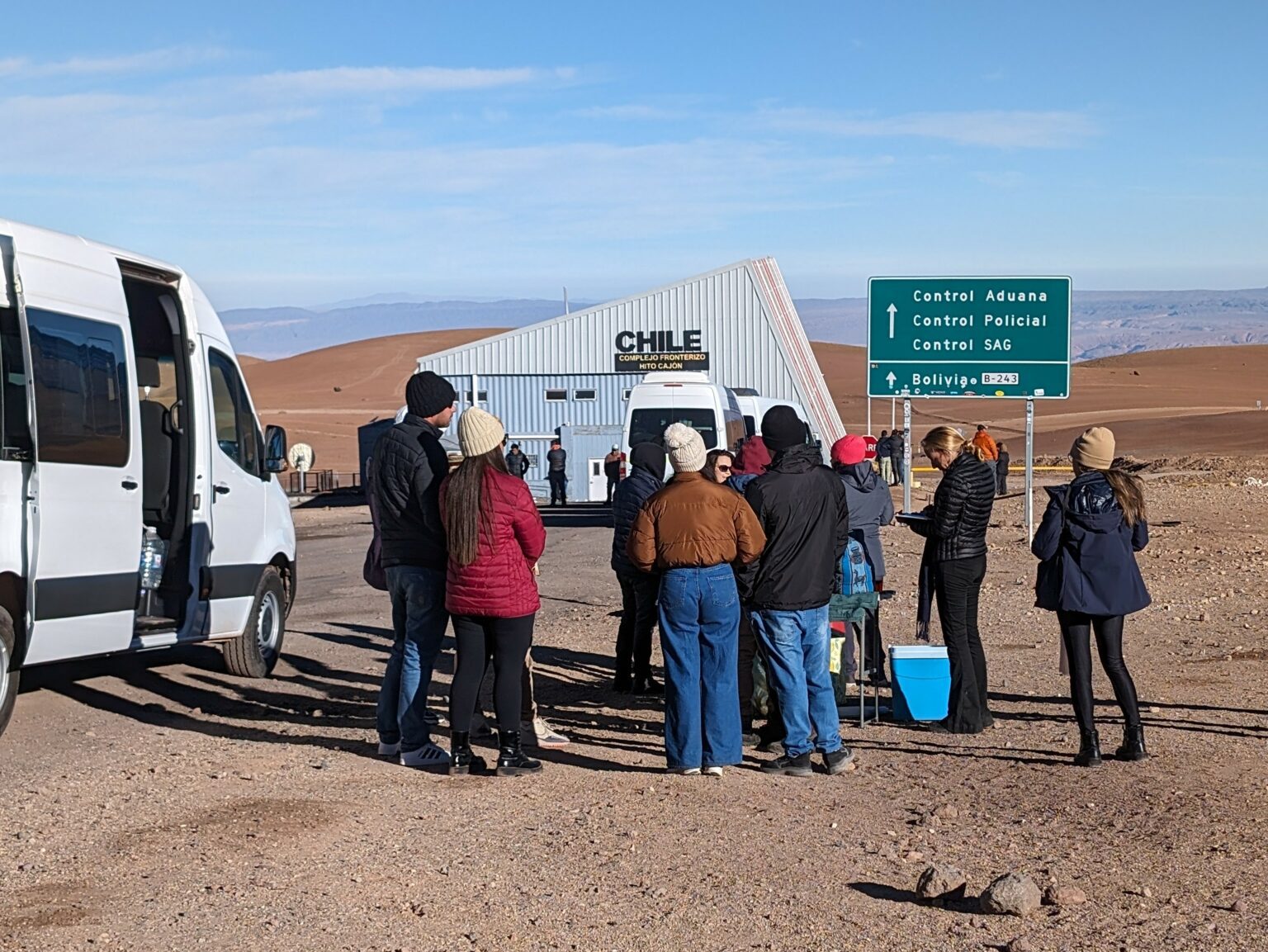To go into a country, sometimes, you require a travel visa, depending on your citizenship. These are often due to the relationship between your home country and the country you are visiting. For example, the United States decided to impose a visa on people coming from countries in the European Union. As a result, countries in the European Union have now imposed a visa on those from the United States.
Another example of this is the travel visa that Bolivia has imposed on people from the United States. As of May 2024, the Bolivian government requires people from the United States to pay $160 (in crisp US dollars) along with other pieces to the application.
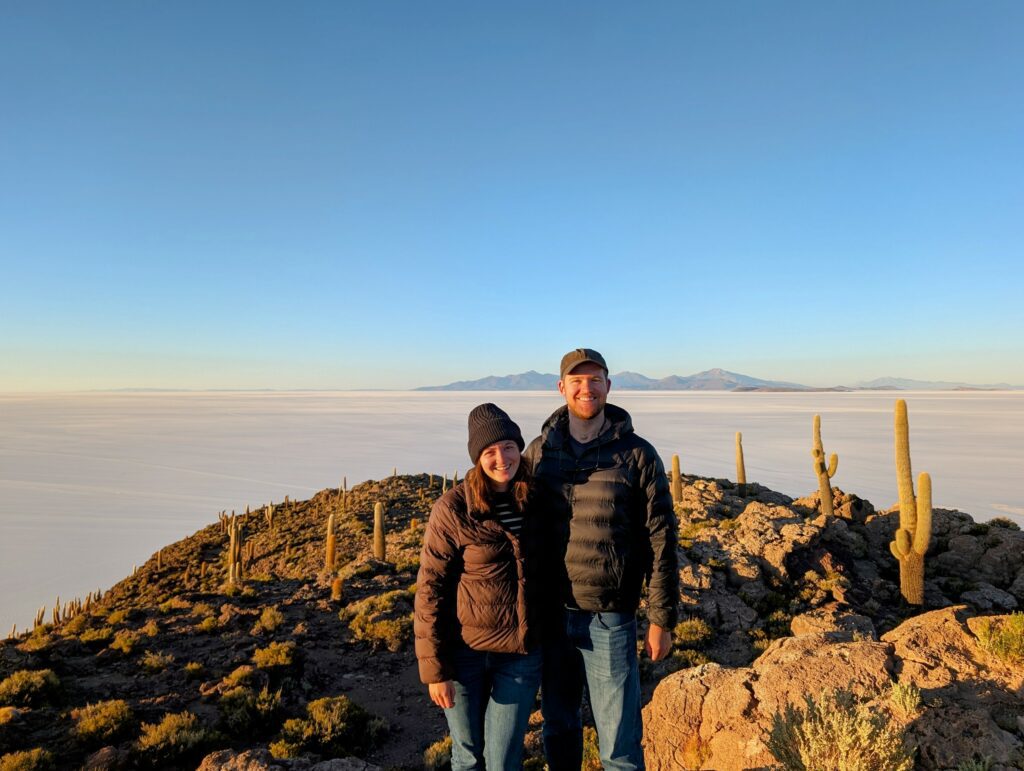

If you are traveling to a country with a travel agency, they should help you with the visa process but it is important to know the requirements yourself. Agencies make errors and avoiding these errors could either save you money or prevent you from being rejected from entry at the border. The best place to know this information is at the State Department website of your country or your embassy website in the foreign country you are visiting.
How Do You Know If You Need a Travel Visa?
When you are curious about going to a country, you will want to check with your state department if you require a travel visa. This is something that you need to do in advance. Some visas require 6 months to a year to obtain, interviews with local consulates, and more hoops to get through to obtain the travel visa.
The great news about this process is that many of these challenging visas last for 10 years. This depends on the travel visa obtained but it is something to consider for future travel if you are on the fence about putting the time and effort into obtaining these visas. (The EU/United States visa is not one of the 10-year visas).
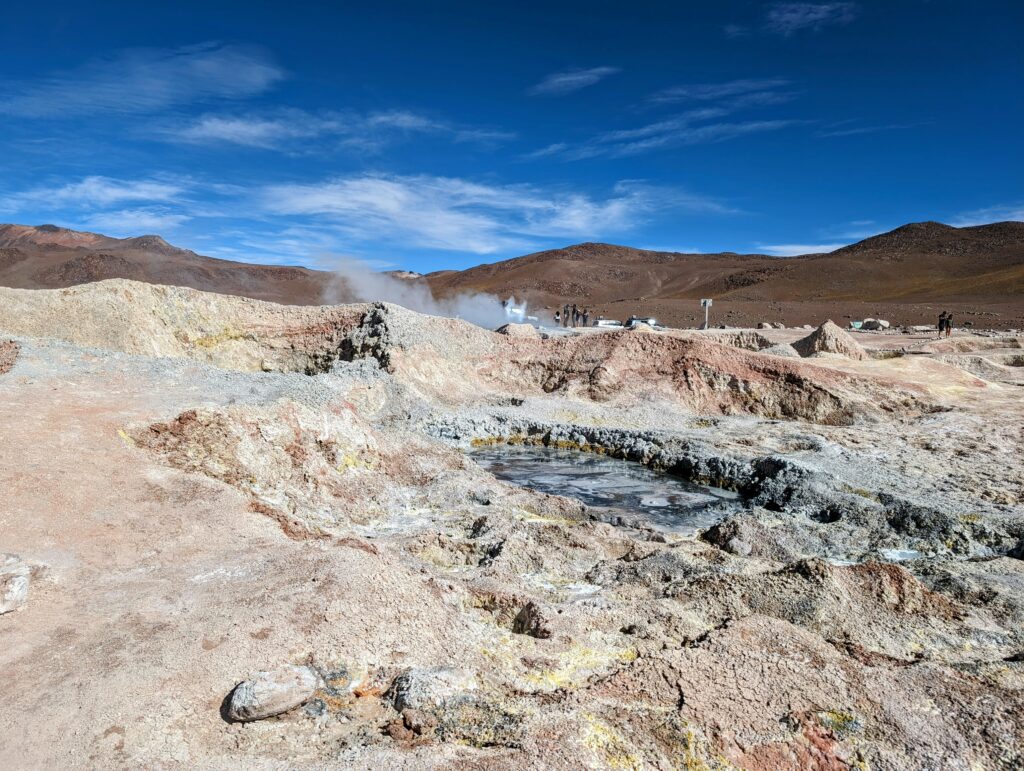

There are typically three categories of travel visas:
Category 1
These are countries where you do not need a formal travel visa! You will still have a limited amount of time that you can visit the country but you will not have to fill out a form or pay money to enter the country. For example, being from the United States, we can enter Argentina without a visa but can only stay in the country for 90 days. In fact, sometimes, Argentina requires proof of a departure ticket in order to enter the country.
Category 2
These are countries where you obtain a travel visa when you arrive in the country. You may need to prepare an application, have photos in the right size, have photocopies of some of your documents, and pay for your visa. Bolivia falls into this category for people from the United States. You can read an example of the requirements for this travel visa below.
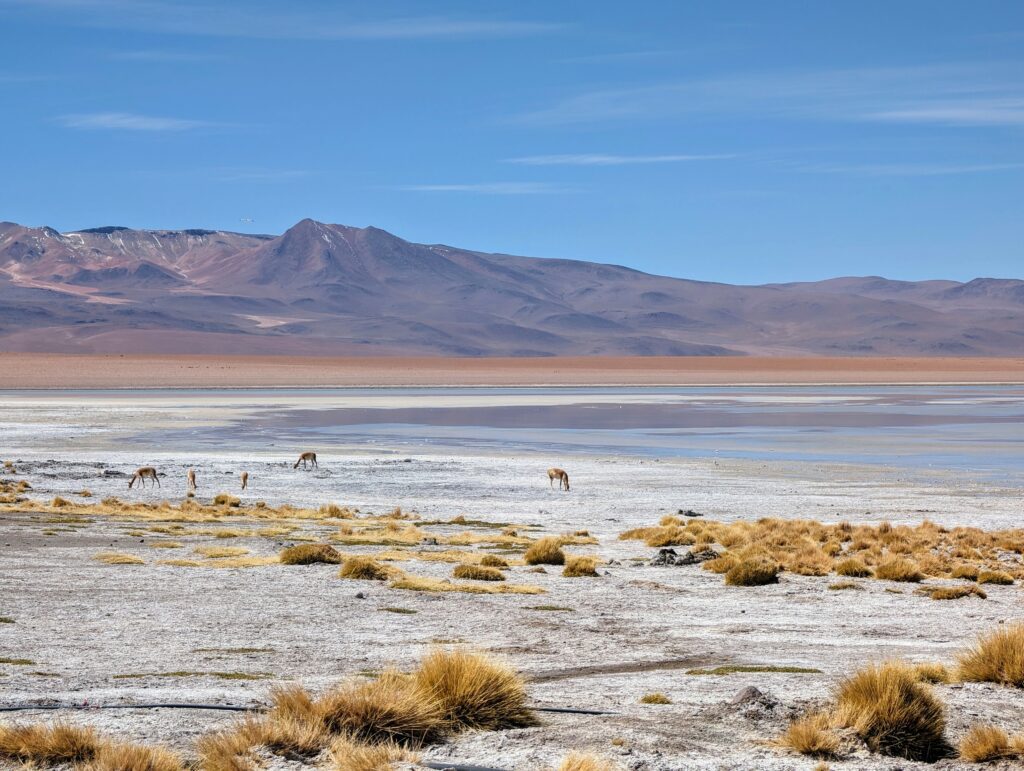

Category 3
These are countries where the travel visa process is more involved. The process takes multiple months and often involves an application, an interview at a consulate, photos (similar to a passport photo), etc. If vaccines are required to enter the country, you may need to show proof of these vaccines to get the visa. And typically, you will need to submit your passport to get the visa so make sure your passport is up-to-date and that you will not need it for the time period that the visa takes to process.
One example of this is the visa required to go to China for United States citizens. We had to submit an application with photos, a passport, and our full itinerary with our booked flights to apply for our visa. We knew that the visa would take two months to process so we had to make sure that we had our plans in place well in advance. We also had to submit our passports and we could not travel outside of the country for those two months. Now, we have those visas until 2027, even if they are in an expired passport. (We just have to travel with that expired passport along with our current passport.)
The Requirements of the Bolivia Visa for United States Citizens
We recently traveled from Chile to Bolivia over a land border and, as United States citizens, we required a visa to enter the country of Bolivia. (You can read more about the trip between the Chile and Bolivia border to visit the Uyuni Salt Flats here.) Bolivia falls into the category 2 level of the visa categories for people from the United States. Other countries, however, can fall into category 1 or category 3 so this is something that you will need to verify in advance.
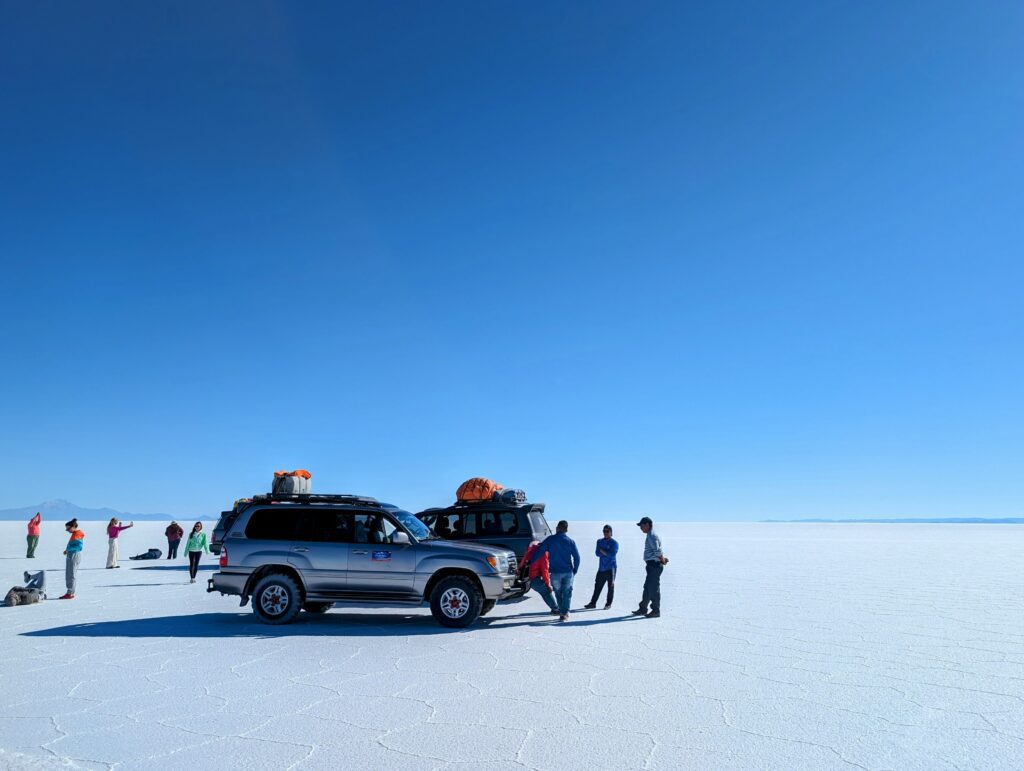

As of May 2024, these are the requirements for the category 2 visa to enter Bolivia:
A valid passport for the next 6 months
$160 in crisp US bills - we traveled from Chile to Bolivia and needed to obtain US dollars in San Pedro de Atacama, Chile. We were able to take out Chilean pesos from the ATM and exchange them for US dollars at a local money exchange at a fair market rate. These bills should be crisp and should not be torn or folded.
An application filled out at the border
Two small photos that are 2” x 2”. You can have this printed at your local Walgreens or CVS in the United States. Travel agencies in San Pedro de Atacama can help you with this. If you are using a travel agency to do this, take the photo yourself with your phone, format it yourself in a Word document to make the image the right size, and PDF the document for the agency to print. You will want to have control over this step because if this is not done properly, you will need to pay $10 more. (Learn from our mistakes!)
A copy of your yellow fever vaccine card - you need a yellow fever vaccine to enter Bolivia. These vaccines are expensive in the United States but other countries around the world provide the yellow fever vaccine for a lot less. If you are already traveling to another country, you may want to look at how much it would cost you to get that vaccine. There are Red-Cross offices that may be able to provide it to you. (One example of this is in the Bogota airport in Colombia).
Check the requirements on official government websites to ensure a smooth entry into the country and include visa verifications in the initial planning process of any future trips.

